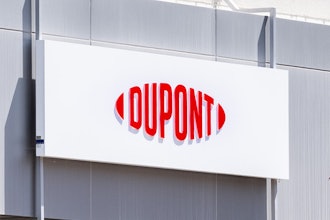Pentax Medical Company is on the hook for $43 million after it shipped medical devices, specifically endoscopes, without approved instructions. The company also failed to file two timely reports of infections associated with the product.
According to the Department of Justice, the $43 million will resolve pending criminal charges against the company.
For 18 months, Pentax shipped four types of endoscopes without FDA-cleared instructions for use. According to U.S. Attorney Craig Carpenito for the District of New Jersey, the company put “profits over patient safety.”
According to the criminal complaint, Pentax chose not to send the new FDA instructions because the company feared the new protocols would lead to lost business. Endoscopes are reusable devices, but they have to be cleaned after each use to prevent infection transmission. The new instructions increased cleaning times from five minutes to 25 minutes. An internal email warned that the increase would be “catastrophic.”
The FDA told Pentax to revise its existing cleaning instructions in 2014. The company shipped old instructions until September 2015. During that time, the company made $18 million in gross profits just from the four endoscopes in question.
The company also admitted to failing to file a pair of medical device reports (MDRs) within 30 days of two infection incidents associated with its endoscope. Pentax claims employee ignorance over the failures, which included a pair of bacterial infections that affected eight patients in Chicago and Boston in June 2013 and June 2014, respectively.
The deal with the DOJ is part of a three-year deferred prosecution agreement (DPA). The agreement allows Pentax to avoid conviction as long as it complies with the terms.
The company will pay $40 million as a criminal fine and forfeit $3 million. As part of the agreement, the company has to conduct a thorough audit of its current endoscope instructions and MDR procedures.






















